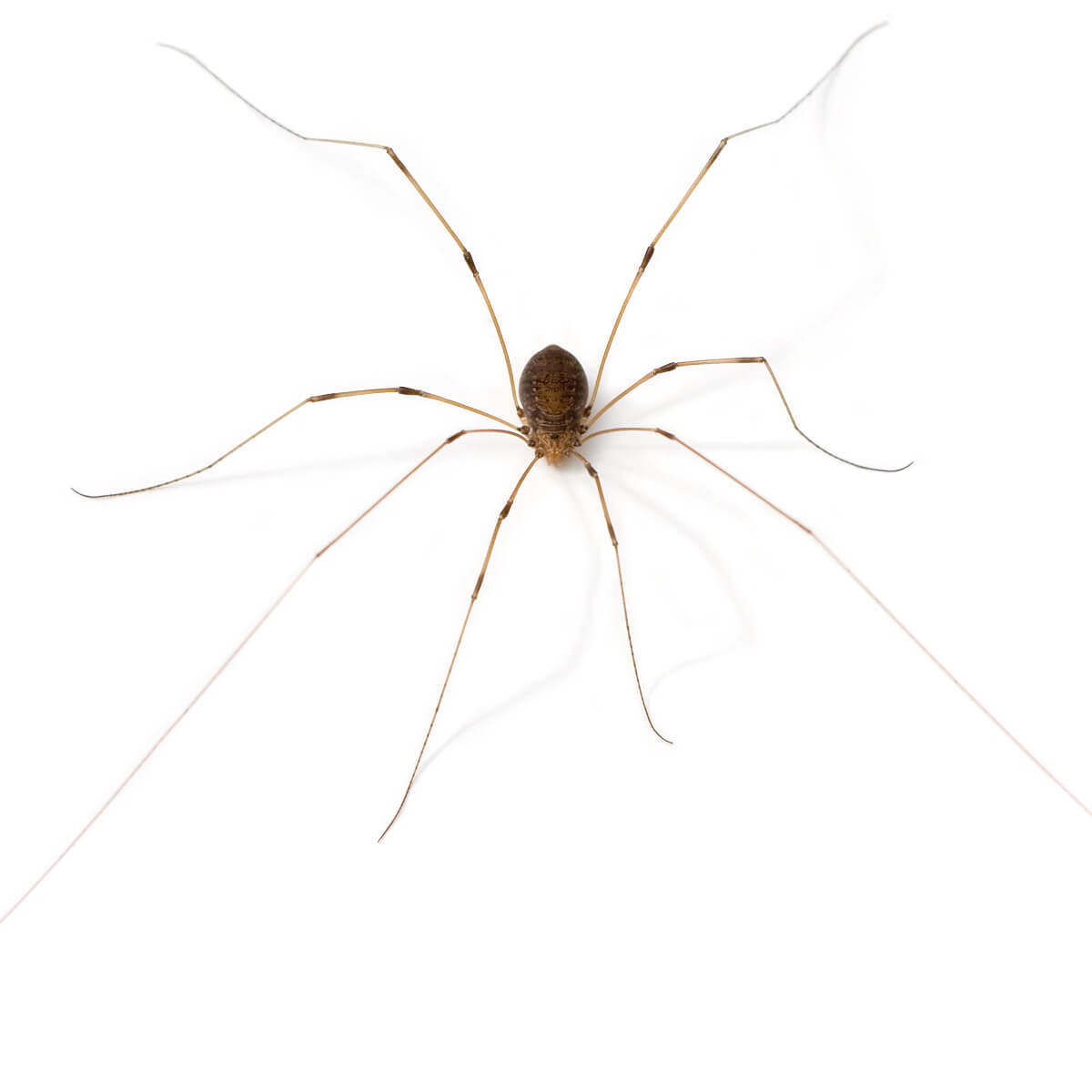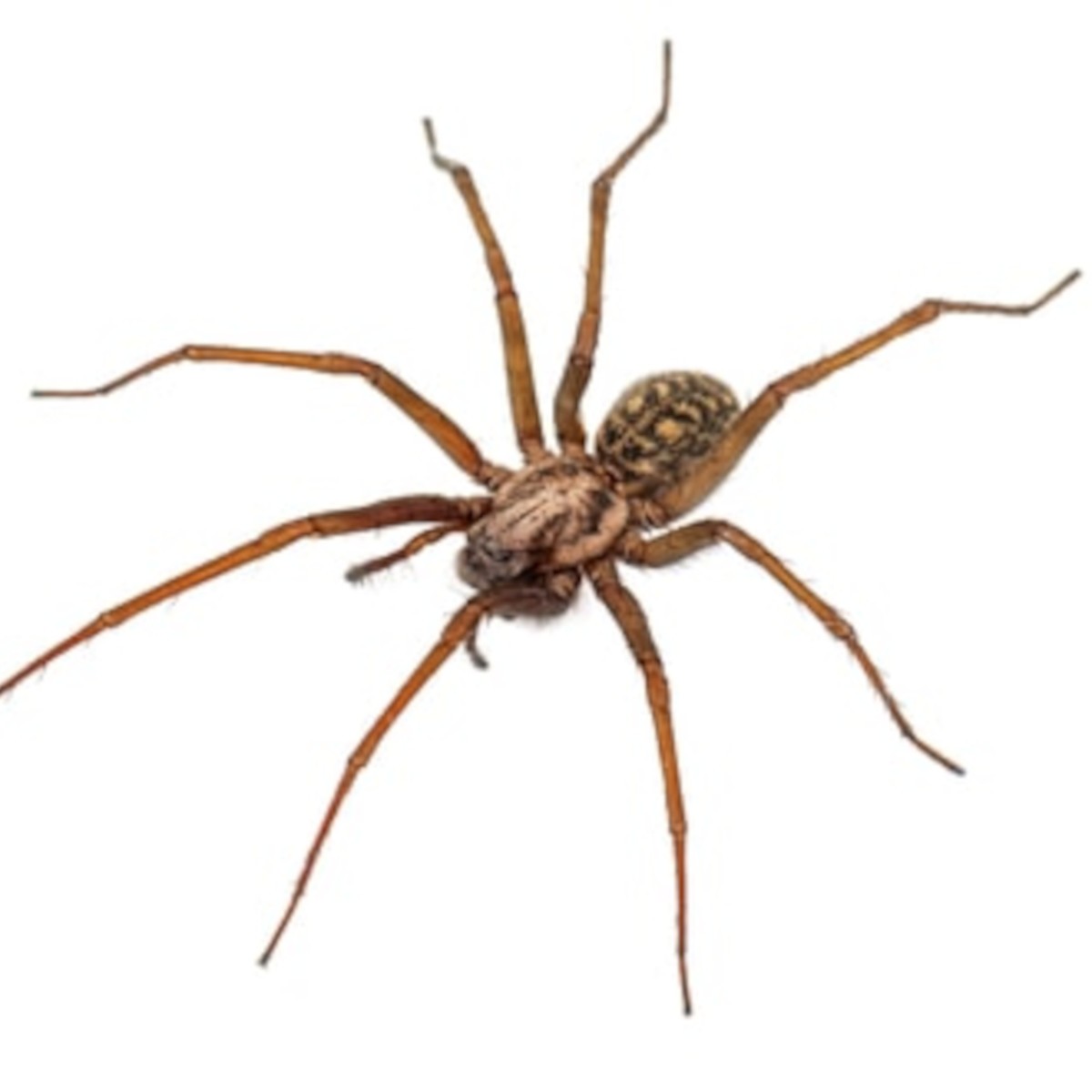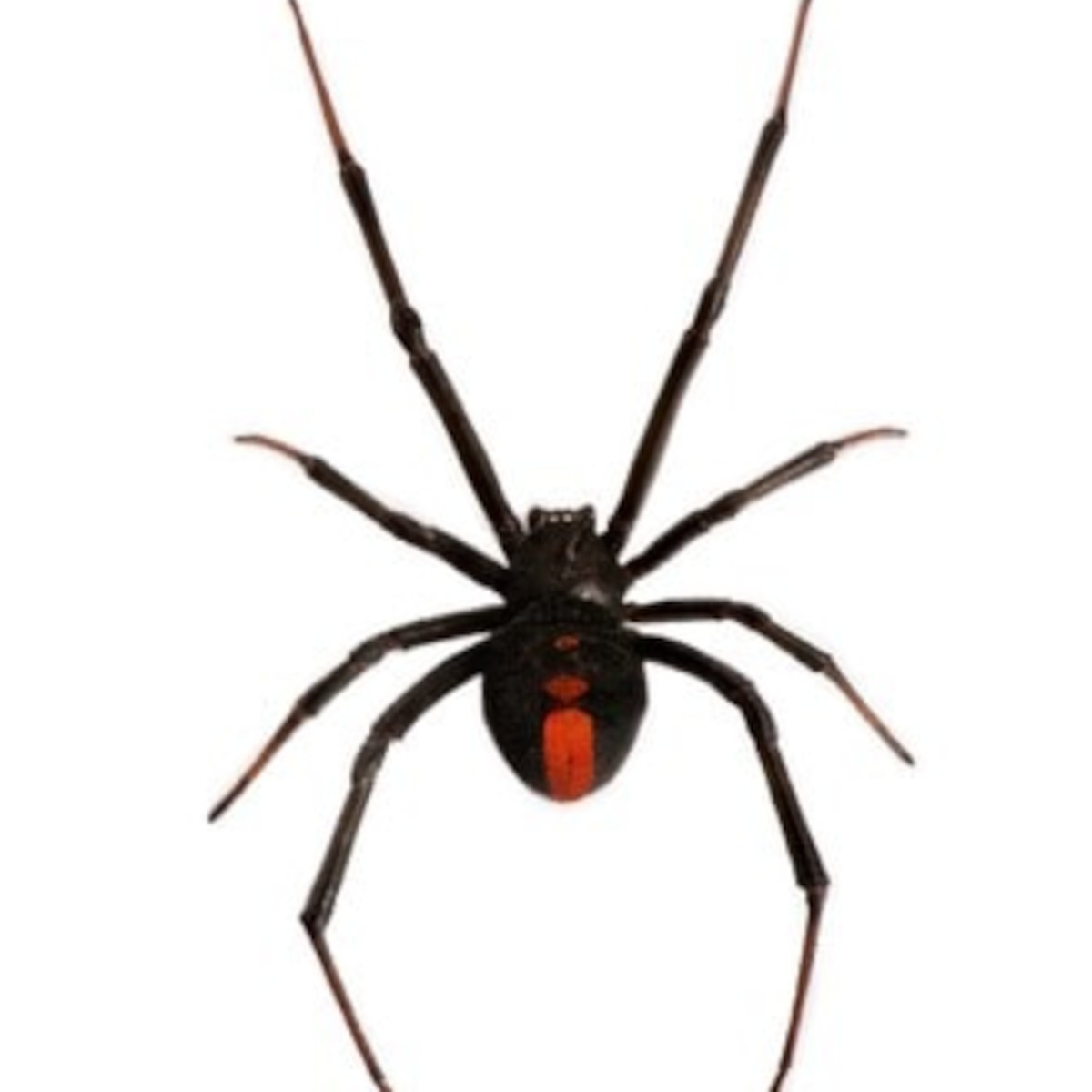What Attracts Spiders Into Your Home

Hunting spiders all day is neither fun nor safe when a venomous species invades your home. Unfortunately, no matter how much you are trying to keep spiders away in the first place, they are always going to get in. Of course, the biggest motivator of all is food, but there are some other things that can also attract a spider to your home.
Knowing what those are can help you minimise the chance of getting one or more of these crawling creatures into your place only to have to get rid of them later.
Why spiders are attracted to your home?
Spiders love to find places that are close to food sources and serve as a good shelter from the environment. The perfect living conditions may vary a little from species to species. However, the chances are that your home is the perfect place for at least one type of spider.
Some of the things that attract spiders inside or close to homes are:
- Food - Suppose you leave food all around the house, then spiders aren’t the only creatures that will come. Because they won’t eat cheese and vegemite leftovers, they will feed on pests that leftovers attract. Therefore, keeping your living space in good condition and cleaning after yourself is important because it will minimise not just the chance of a spider infestation but of all types of pests.
- Humidity - Having higher humidity levels at home means that you might end up with house spiders or cellar spiders in your home. These little guys scout for humid places and will seek prey in them.
- Shelter - You may be having a breeding ground heaven for spiders and not even know about it. Any construction materials left over, woodpiles and overgrown backyards are all perfect shelter locations for most spider species.
- A flourishing garden - Beautiful, flourishing backyards are all a great addition to a house, but they will come with some pests naturally. Spiders fall into that category, but they can be good for plants because they hunt harmful insects. However, we suggest you keep an eye to check if there aren't some venomous species that claimed your backyard for their own. Some types of Australian spiders, such as the Sydney and Melbourne trapdoor spiders, also live in burrows in gardens.
Look into: What Attracts Ants?
Common spider species
Now that you know what attracts the spiders, it is also good to be able to recognise the different species that may wander into your home. The ones you will see below are only part of the various house spiders you may encounter, so the more you know about the different species, the better.
Daddy long-legs spider

The thin, long-legged spiders are a pretty common sight in most Australian households, although the species have been introduced to the country. Daddy Long Legs spiders love creating webs around man-made structures like houses, sheds or garages.
These long-legged spiders are not dangerous to humans, and they cause no harm. Daddy Long Legs grow for up to 9 mm in size.
As for their diet, the spiders will help you with keeping the insects in your house under control. They are also known for eating other spiders. If you decide to kill one, be prepared to face their many children. Often female Daddy Long Legs will carry their eggs on their front legs.
Australian funnel-web spider

Native to eastern Australia, the huge Funnel Web spider is nothing short of terrifying. They love maintaining their diet of insects and sometimes frogs or lizards. Australian Funnel Web Spiders love humid and slightly colder places. Because of this, you can encounter them in your bathroom.
It's best to keep your distance because the Australian Funnel Web spider is venomous, and a bite can be fatal to humans. There are recorded cases of death just 15 minutes after a bite.
There is no way that you won't feel a bite. The Funnel Web spider has big fangs, so the bite is painful. If you don't know how to catch this spider, then it's best to call a professional to deal with it.
Brown house spider

Normally found in buildings, Brown House spiders can be a common sight in homes. They love living in walls and backyard sheds. They may live for several years before dying, and the males will die after mating just several times.
Being a nocturnal spider, the cupboard spider loves feeding on insects and other spiders. The Brown House spider prefers to build its web close to ground level.
They are venomous, however, not deadly. Sometimes the False Black Widow bite may cause blisters around the bite. Any signs and effects of the venom should disappear after 60 hours. If after that there are still some, consider visiting a doctor.
Red back spider

The Red Back spider is a distinctive long-legged spider. The spider has a red marking on its back. It can be found in logs, under stones, and sometimes in homes. There it may take residence on top of shelves, in the attic, under floorboards, flower pots and any other similar locations that may provide shelter.
The Red Back spider eats almost any type of small insect and may also consume snakes, frogs and small mice.
This spider is highly venomous and should never be handled by a non-professional. Although there are no deaths directly related to the Red Back spider, nausea and pain around the bitten place and on the limb are known to occur and persist for around 24 hours.
How do spiders get inside?
Believe it or not, spiders aren’t the bad guys that are trying to sneak into your home at all costs. Most of them get inside accidentally. They either follow a trail or find your place to be a good shelter.
Their natural habitat is the outdoors. They thrive in lawns and backyards, so if you find a species different from a house spider in your home, they are most likely there by accident.
Some of the entrances might be cracks or gaps in your home. It’s always a good idea to seal them. Often cracks form and are left unattended for months at a time. That’s why it’s important to keep them sealed and to inspect your home regularly. This will also prevent some worse pests from getting in and potentially causing an infestation.
Other ways for spiders to get inside are through firewood, plants that you’ve brought in from outside or all types of boxes that you bring in your home. It's a good idea to inspect what you bring indoors, too.
What to do in case of a spider infestation?
There are numerous sprays and cans out there that you can purchase to try to eradicate the problem, in addition to using a broom or a slipper to get rid of the spider.
However, we advise you not to spend your cash on sprays in particular. Because of the long legs of the spider, their bodies hardly ever touch the ground. The residue will only touch their legs. Unfortunately, that won’t kill them. Instead, you’d have to use direct spraying on the pest. However, that is as effective as hitting it with a newspaper or a slipper (if the conditions allow it) and you risk angering the creature in the process.
When in doubt, we advise you to consider whether it would be easier to catch it and throw it in the garden. However, if you don't want to risk it or you are certain you are up against a venomous spider species, then it is best to seek a professional pest controller's help.